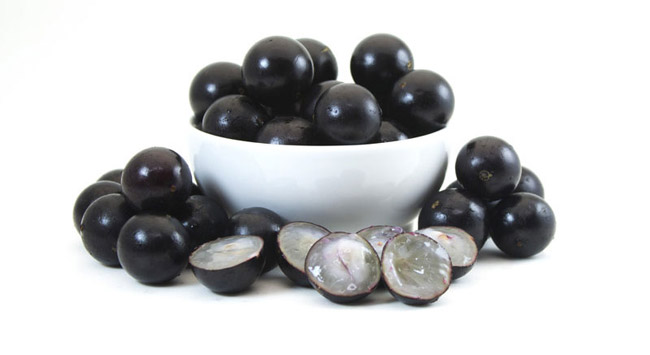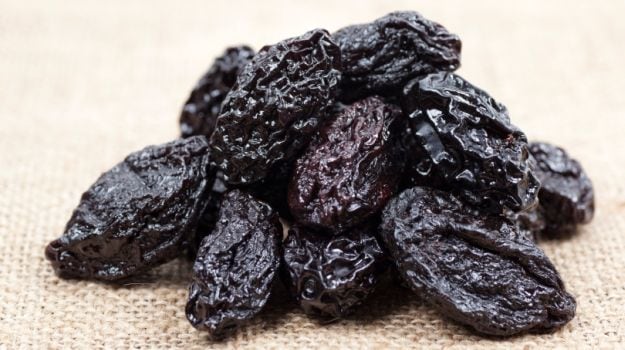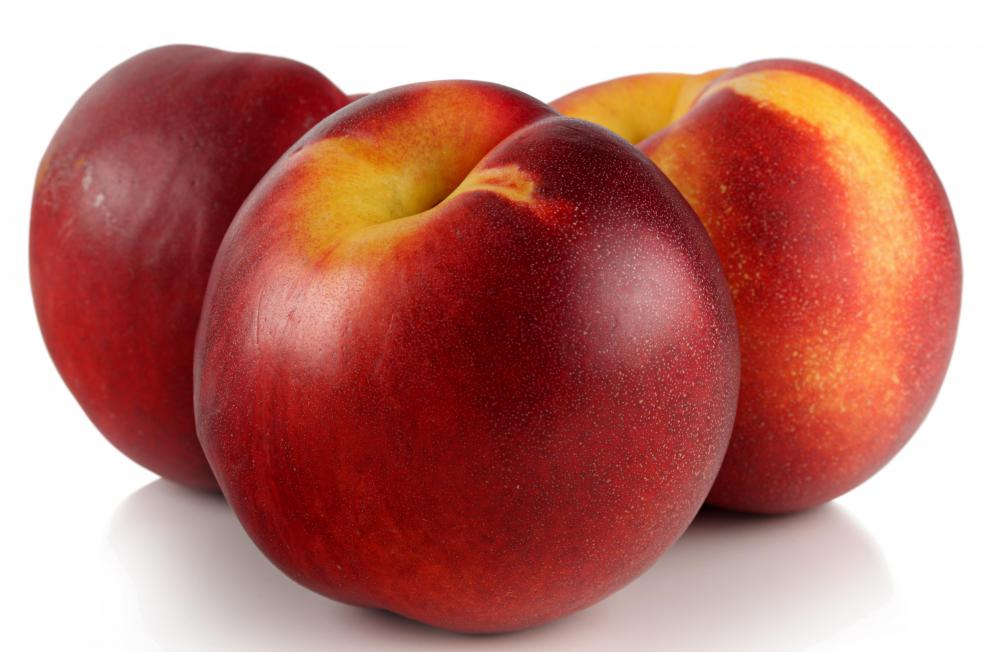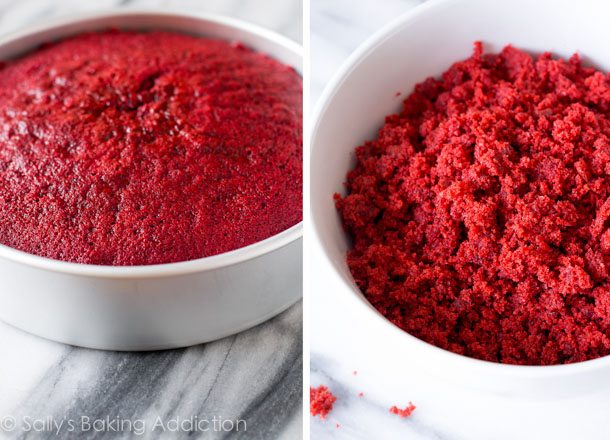Cupuacu

Cupuaçu (pronounced koo-poo-ah-soo) is really a scrumptious melon-sized fruit having a rich and creamy whitened pulp which develops within the Amazon Rainforest drainage basin in northern regions of Brazil. Cupuacu is well known within the Amazon as “the pharmacy in a fruit” and is undoubtedly one of the most nutritionally advantageous super fruits ever brought to the market industry. Like a cousin of the cacao fruit, cupuaçu includes a prized exotic flavoring mixing components of chocolate, bananas, pear, passion fruit as well as pineapple. Cupuacu consists of distinctive polyphenols, effective anti-oxidant nutrients, call theograndins along with nine various other highly effective anti-oxidants just like vitamins A and C. This particular amazing super food is additionally stuffed with Essential Fatty Acids, amino acids, phosphorus, fiber as well as vitamins B1, B2, and also B3 (niacin).
The cupuacu is a kind of fruit tree that develops wild within the the Amazon rainforest. Additionally it is developed for fruit production in certain other locations with the exact same environments. In the wild, cupuacus usually achieve 49 to 65 feet (15 to 20 m) high, yet cupuacu trees utilized for crop production are usually below 26 feet (8 m) tall. They might require comfortable year-round temperatures, high humidity, and a lot of rainfall to develop well, and therefore are pollinated by ants and aphids, producing these insect species important reproduction. The cupuacu tree has got big leaves which are pinkish green once the tree is younger yet lose their pink shade once the tree reaches maturation. The fruit is oblong, brown, and also fuzzy, and it is generally about 8 inches (20 cm) lengthy and also weighs in between 2 to 4 pounds (1 to 2 kg). The fruit, particularly its internal, is extremely aromatic having a banana-like aroma. Once the cupuacu’s fruit is ripe, it drops to the floor and may then be collected for the harvest. The exocarp, which is outside of the fruit, is thicker and also sour-tasting, whilst the pulp inside features a fairly sweet and also somewhat tangy melon-like flavor and features 25 to 50 seed pods. The exocarp is extremely hard and should be broken open on the hard surface or even sawed open.
Health benefits of cupuacu fruit

Health advantages of cupuacu fruits are fascinating. The trees generally develop about 5 to 15 meters high and also have oblong shaped fruits that are melon sized. Cupuacu fruit has got white-colored pulp with a rich and creamy taste. The beans behave as excellent alternatives for cocoa since they offer the exact same antioxidant qualities. Listed here are the different health advantages of cupuacu fruit:
Since the cupuacu fruit has got the comparable flavor of cocoa, it really is utilized in producing jellies, jams and also breads.This fruit is abundant with anti-oxidants and is also mainly regarded as breakfast among South Americans.Cupuacu fruit is traditionally used by the South American women particularly the Brazilian ladies as this assists handle labor pains and also stomach difficulties.The therapeutic advantages of cupuacu and also acai berry fruits are the same and for that reason assists in keeping defense mechanisms strong and healthy.Cupuacu fruit is really an abundant source of vitamins A, B1, B2, B3, and C. The fruit is additionally great for bones, tendons and also ligaments due to its higher amino acids, selenium and also calcium content.This fruit includes an ingredient known as phytonutrient polyphenols which is not present in any other fruit. This particular compound is excellent for the treatment of respiratory difficulties.It consists of no caffeine and for that reason maintains the entire body moisturized always.The essential health advantage of cupuacu fruit would it be battles against free-radicals that the reasons for cancers and also particular life-threatening problems.Cupuacu fruit behave as an all-natural medication for the treatment of erection dysfunctioning.It assists in maintaining levels of cholesterol normal and also helps prevent cardio problems.This fruit is wonderful for kids who’re selective eaters. It may be given to them by means of ice cream, powder, juice or even yogurt.upuacu fruit is additionally perfect for children since it improves the memory power. Additionally it is great for ladies since it has the property of increasing the health of the skin and also treats acne breakouts.This fruit is definitely the main food source for animals and also indigenous individuals of the rain forest.Cupuacu whenever combined with acai fruit provides you with severe synergy in motion.
Since very long time, it’s been utilized a remedy for stomach pain.The fruit energizes the defense mechanisms raising stamina and energy equal to that brought on by various other man-made caffeine sources.It additionally fortifies your coronary heart and also safeguards the artery walls from damage which could lead to heart diseases.The fatty acid contained in the fruit decrease the bad cholesterol and also keeps the good cholesterol which will help to maintain a nutritious heart.Cupuacu includes a massive power of anti-oxidants that neutralizes the free radicals within the body’s tissues.These anti-oxidants increase the blood circulation and also reduces the blood pressure and enables to fight the free radicals.This tasty fruit is abundant with anti-oxidants and is also regarded as an excellent breakfast among the individuals of South America.Because the fruit tastes just like cocoa it’s traditionally used for making breads, jams and also jellies.Cupuacu berry is frequently compared to acai berry because of its therapeutic qualities which will help to maintain your immune system healthy and strong.It features a unique component which is called phytonutrient polyphenols which isn’t present in various other fruits. This particular component is recognized as a great treatment for numerous respiratory problems.It’s a great resource for vitamin A, C, B1, B2 and B3. Additionally it is ideal for ligaments, tendons and also bones, since it features a high content of calcium, selenium and also amino acids.It also keeps the body hydrated since it has 0% caffeine.It will help with keeping the levels of cholesterol of the body reduced and also helps prevent numerous cardiovascular ailmentsNot only will it supply you with healthy defense mechanisms, additionally it is an excellent medicine against erectile dysfunction.
More about Cupuacu History
The cupuaçu tree originates from the theobrama family, that effectively indicates “Food of the Gods”. The cocoa tree from which we obtain chocolate is from exactly the same family. History informs us both cupuaçu trees as well as their fruit performed an essential part during the early Amazonian cultures as well as both were prized through the entire region because of their flavor, health and therapeutic qualities. Shamans utilized to bless and provide to expectant mother who experienced a hard birth, or even newlyweds which yearned for a child. Several were given the beans (seeds) of the fruit to avoid their stomach discomfort. Cupuaçu is incredibly popular in Brazil along with other areas of South America in spite of taking a back seat to cacao in the past century. For hundreds of years, natives of the rainforest have owned the fruit of the cupuaçu tree like a primary food source also it remains a treat within the more inhabited cities of South America.
Medicinal Uses of Cupuacu
Cupuacu was typically utilized by local individuals to reduce abdominal ache which will help in difficult births.Apart from this, additionally, it helps with skin restoration, healthier hair, and weight reduction, safeguarding artery partitions, conditioning cardio vascular system, raised energy and stamina, improving the immune system and so on.It can also be useful in treating diabetic issues, cataract difficulties and also cardiovascular illnesses.Uses of Cupuacu
The taste of cupuacu fruit is usually compared to chocolate, banana, melon or even bubble gum.Cupuacu is utilized in the wide selection of ways.The seeds of the fruit are refined in the method like the method which is often used to improve cacao seeds into chocolate, the base taste for cupulate is received.Cupulate is absolutely nothing yet a hot drink which is associated with hot chocolate.In addition for jelly, ice creams and juice that are made from sweetened pulp of the fruit, cupuacu can also be utilized like a dietary supplement.


















